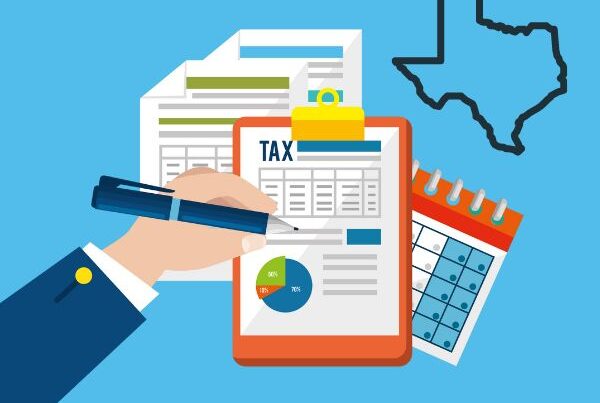Small-business owners need to maintain a healthy cash flow for their ventures, which means money coming in and going out the door should be relatively balanced. For eCommerce companies especially, cash flow statements can sometimes be confusing to make heads or tails of, but it’s critical to know how to read these statements so you know when to order supplies, whether or not you’re maintaining a positive cash flow, and how you can maximize profit.
Here are some quick tips you can implement to make sure your business is bringing in enough cash — and spending it wisely enough — to maintain your supply chain and keep your company afloat:
1. Form an LLC
For some eCommerce companies, forming a limited liability company (LLC) could be the ticket to better cash flow management. The tax benefits of creating an LLC are enormous: Essentially, an LLC doesn’t pay taxes — only the small-business owner does. This prevents double taxation. Not to mention LLC status comes with litigation protection that will help you keep your personal assets protected should the unthinkable happen. Before you register, check the rules for your state around forming an LLC before moving ahead as states have different regulations.
2. Set up a business line of credit
One of the biggest benefits of setting up a business line of credit is it can help you move cash in slow times. All businesses will experience a slow period at some point, and having this kind of loan on hand to account for the hardships is incredibly helpful. Lines of credit are like credit cards, but you can withdraw cash to cover expenses. Be sure to note the difference between secured and unsecured credit lines — the former require collateral upfront to qualify for the loan.
3. Offer incentives for prompt payment
If you are delivering goods or services to your customers before they have paid for the items in full (for instance, large furniture, art commissions, etc.), you can offer small discounts for them to pay their debt off in full so you have that money coming in. For instance, you can offer a small discount if they pay within 10 days of receiving the invoice. This creates a note of urgency in your customer and puts the cash in your pocket more quickly.
4. Check your suppliers for incentives
On the other hand, it could be useful for you to check for incentives, as well. Payments to your staff and suppliers qualify as “cash outflow” activities, which is an important part of the cash flow ecosystem. So as you offer your own customers incentives, you can check your suppliers to see if you can make payments early, etc., making the cash outflow activities more efficient.
5. Keep an eye on your inventory
It may seem obvious, but if you’re not moving inventory, you’re not bringing in cash — or using it, either. The “flow” part of “cash flow” has stopped. If part of your inventory hasn’t moved in a while, it may be time to speak with suppliers and see what can be done. It’s critical to monitor everything coming in and going out of your virtual warehouse. Prioritizing your inventory can help you better meet your customers’ needs while, at the same time, maintaining your own processes and keeping your head above water.
The most important thing: Tracking effectively
Applying these quick tips to your inventory tracking methodologies can help you maintain a healthy cash flow and improve business processes. Are you ready to improve your accounting practices and partner with experts who know the importance of maintaining a healthy cash flow? See how LedgerGurus’ services can support your eCommerce company today!
Guest Post by Amy Collett of Bizwell.org






